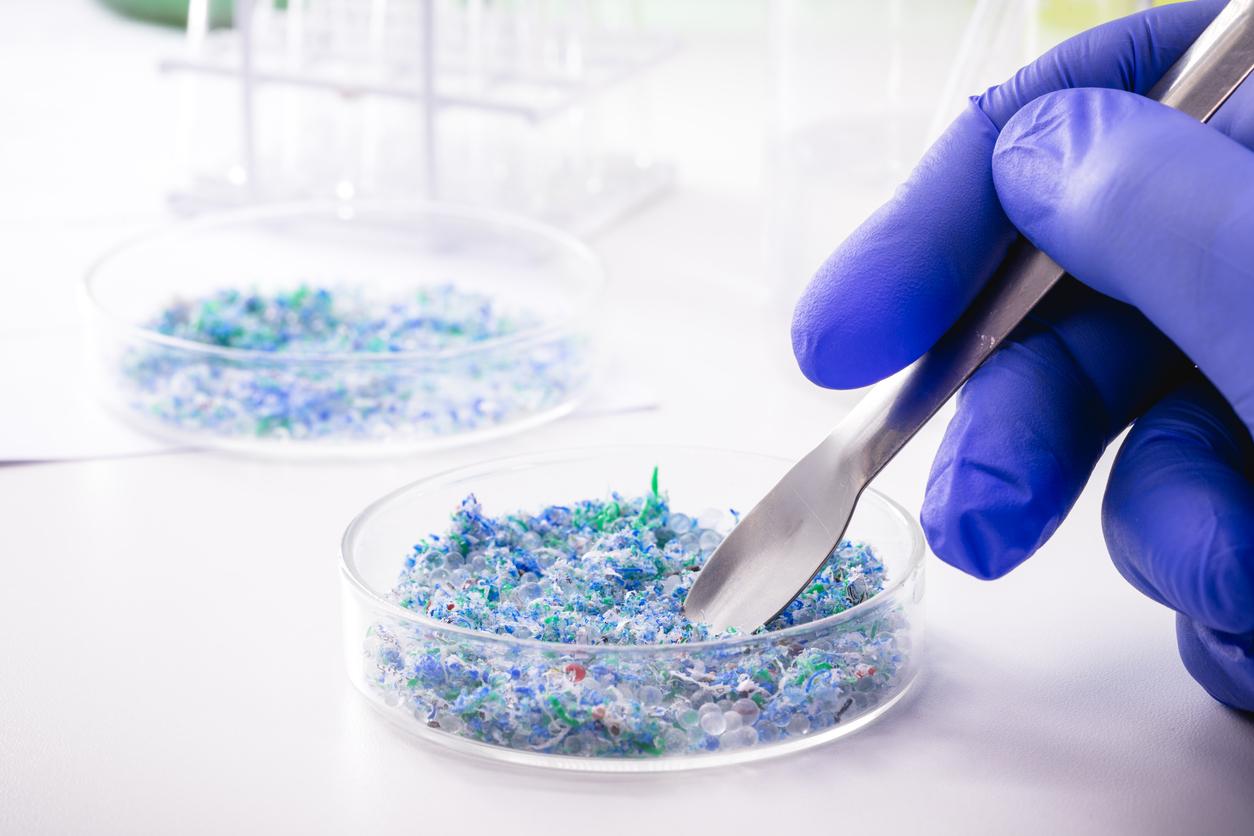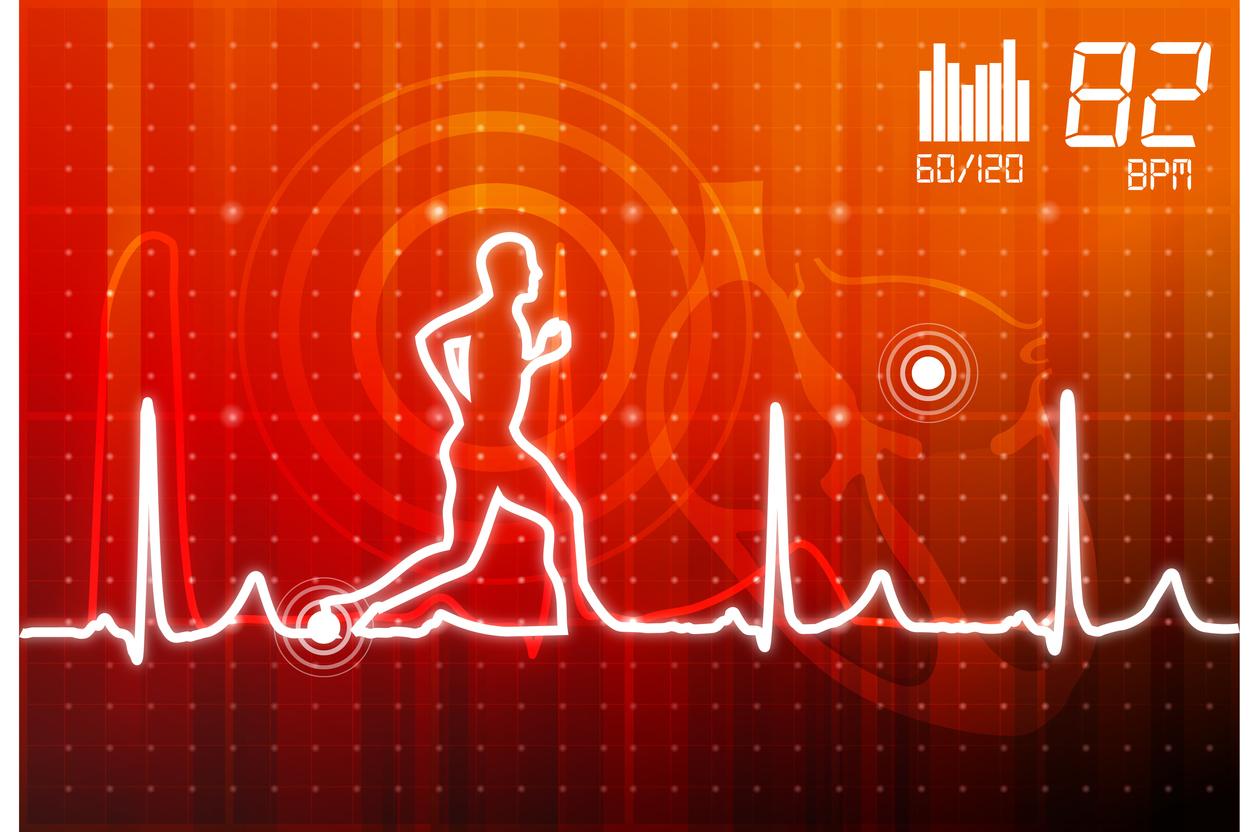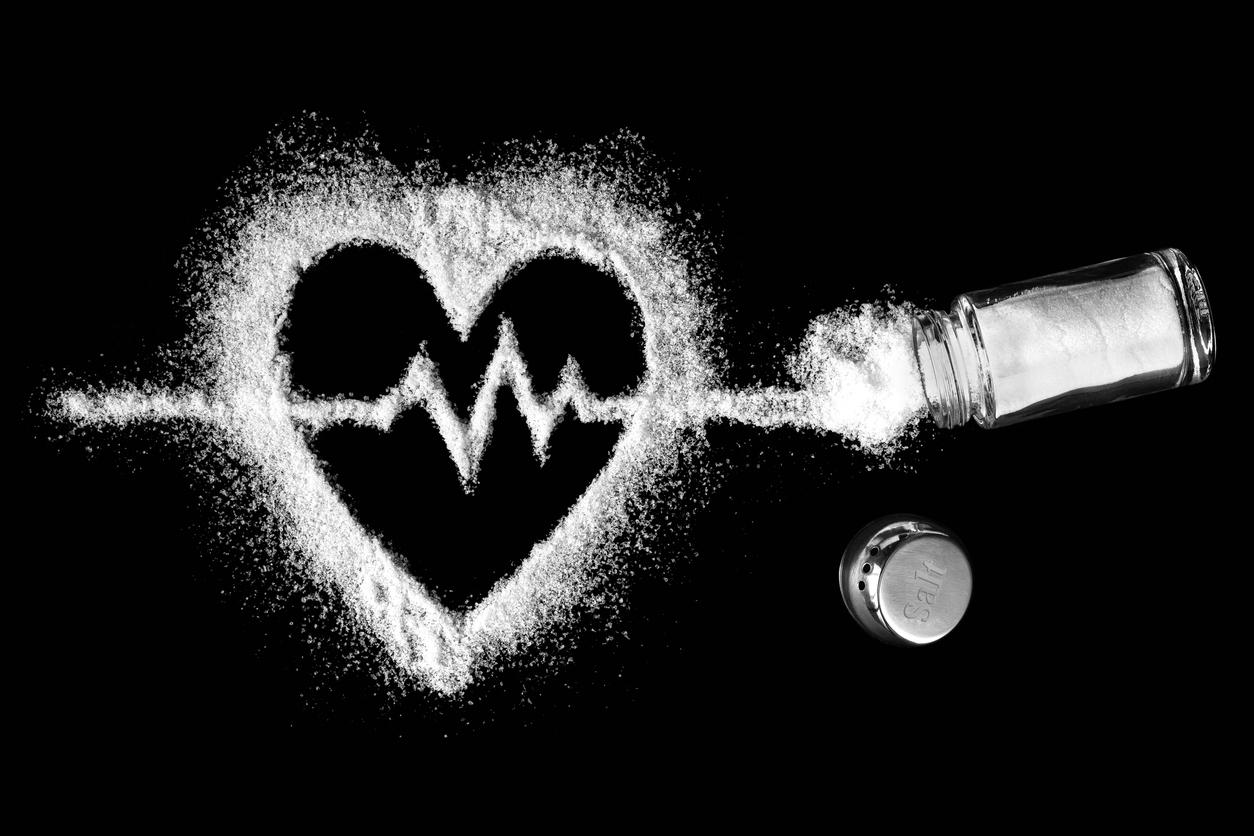Different methods
A heart attack is usually the direct result of a blocked coronary artery. Bypass surgery, angioplasty or a stent can provide a solution.
All cells in the body need oxygen to function. The heart is basically a dual pumping system. First, the deoxygenated blood passes through the lungs to absorb oxygen and release carbon dioxide, after which it pumps the oxygen-rich blood to the other parts of the body.
Chestpain
The heart itself must also be supplied with oxygen-rich blood. This is done via the coronary arteries (coronary vessels), which surround the heart. When there is a narrowing in one of these coronary arteries, you will experience the characteristic ‘chest pain’ (angina pectoris) on exertion.
Dying heart
A complete blockage of one or more coronary arteries prevents oxygen-rich blood from reaching the underlying muscle tissue and part of the heart dies. This is called a heart attack (myocardial infarction).
Changes and/or inflammation in the blood vessel wall can cause athereosclerotic plaque – arteriosclerosis. This is a deposit of cholesterol, fats and inflammatory cells. This plaque initially causes a blood vessel constriction and, depending on the size and location, causes complaints, such as angina pectoris.
When a piece of this plaque comes off or there is a spontaneous clotting reaction, complete vascular occlusion (obstruction) of the coronary artery can occur. The result may be a stroke.Constrictions of veins
A single or small narrowing in the coronary arteries can be located and treated with cardiac catheterization.
Multiple strictures and/or obstructions usually require a surgical procedure: the bypass operation. Part of the damaged blood vessel is replaced by its own blood vessel elsewhere in the body. Preferably one of the calf veins.
Cardiac catheterization is an effective method of investigation to locate a narrowing (stenosis) in the coronary arteries. A small catheter is advanced through the femoral artery towards the heart. With contrast medium and recording equipment, it is clearly visible where in the heart the problem occurs.
A balloon can be advanced through the catheter to the site of the narrowing. This balloon is then inflated, ‘stretching’ the blood vessel and compressing the plaque. This makes the blood vessel accessible again. This is called an angioplasty.
If during the angioplasty procedure it appears that the ‘balloon-stretching effect’ is insufficient, a so-called coronary stent can be placed.coronary stent
A coronary stent is a metal mesh spring, similar to a ballpoint spring, that helps keep a blood vessel open.
If the treating physician encounters problems during the angioplasty procedure – for example a vessel wall that springs back, a vessel that is too narrow, or pieces of plaque that come off – he can choose to apply a coronary stent.
The stent is slowly advanced through the cardiac catheter to the site of the problem. After the stent is in place, the blood vessel remains open on its own. The stent ensures that pieces of plaque that are at risk of loosening are held in place, and the stent reduces the risk of restenosis (a narrowing of the artery again).
Elegant solution
The coronary stent is a simple but very effective device. Cardiac catheterization of a stent is an effective, widely used method with relatively little risk.
Preventive anticoagulation of the patient is necessary for the application of a stent via cardiac catheterization. This increases the risk of bleeding. Another disadvantage is that plaque can build up in the stent itself. To prevent this plaque formation, stents with a medicinal coating are increasingly being placed. Angioplasty is still the most elegant solution for blood vessel constrictions around the heart. Nevertheless, in 30 percent of cases, there is still a chance after six months of the vessel wall loosening or the vessel closing up, resulting in restenosis. When a stent is in place, this drops to 20 percent.
A major advantage is that in patients with restenosis after a ‘normal’ angioplasty procedure, the application of a coronary stent – during a new angioplasty procedure – can still give a permanent dilation of the blood vessel.
Need good anticoagulation
Cardiac catheterization, angioplasty and/or the application of a stent is done in a special treatment room, usually in the X-ray department, during a short stay in hospital. A good anticoagulation is necessary beforehand.
And to prevent bleeding, a firm pressure bandage is applied to the groin after the procedure. The treatment is more exciting than strenuous, and you may experience a tight feeling in the heart area for several days.
Not everyone is eligible for this procedure and the attending physician will have to carry out a diagnostic examination beforehand in order to be able to choose the right treatment method. For specific questions, it is best to contact your general practitioner or your attending physician.















